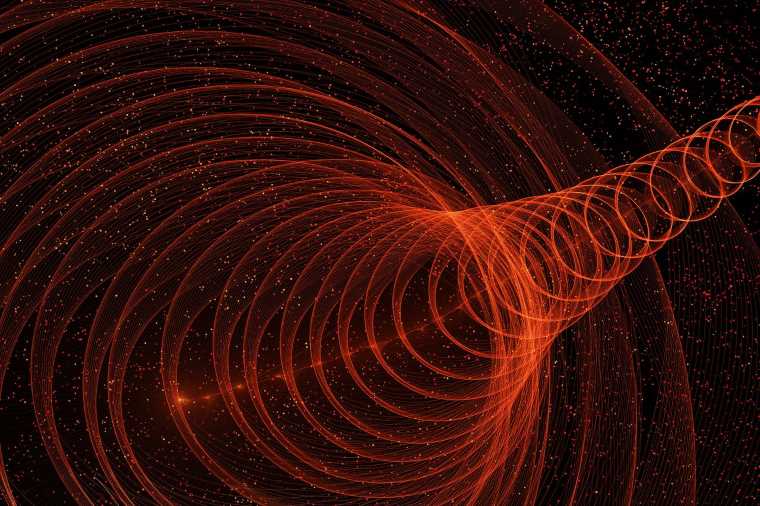Wayne State University Professor Wen Li has been awarded a $626,467 grant from the National Science Foundation (NSF) to try to unravel the central mystery of quantum tunneling.
Previous research in quantum tunneling has established that under the right conditions, extremely small particles can pass through an energy barrier even if they lack the energy to do so, a phenomenon that seems to violate classical mechanics. However, according to the recipient of the NSF grant, what exactly happens during the particle’s tunneling phase also remains a mystery.
“What’s not known about quantum tunneling is the behavior of the particles during the tunneling process,” explained Li in a press release announcing the newly funded NSF grant. “When you pull electrons through a barrier created by the nucleus with an intense laser field, it is unknown what happens within the barrier.”
To an external observer, Li says that the particle “essentially goes through a wall as though there was no wall there.” However, quantum theorists still don’t know how this happens.
“We want to study what that electron does within that barrier,” Li said.
Of course, quantum tunneling is not the only mysterious property of the sub-atomic world, sometimes referred to as the quantum realm. Superposition” allows for sub-atomic particles to be in states, or even two different places, at the same time. Similarly, quantum entanglement, which Albert Einstein famously referred to as “spooky action at a distance,” allows two particles separated by a long distance to instantaneously change their quantum “spin” to match the other after it has been changed.
These phenomena and other unique quantum properties have led researchers to study if the quantum realm could hold the secrets to ultra-fast computing, human consciousness, or even the elusive unified field theory. If successful, the latter would unite the classical definition of gravity with the unusual behavior of subatomic particles.
Now, the NSF is asking Li to help decipher the actual mechanics of quantum tunneling, including the unexplained intermediary phase where particles seem to magically “tunnel” their way through a seemingly impassable energy barrier. According to Li, a better understanding of this process could lead to a number of wide-reaching breakthroughs, including the ability to image microscopic processes faster and in more detail than ever before.
“Other than study the general behavior of particles, we want to understand the process to improve attosecond pulse production,” said Li. “This is important for developing a fast camera that takes 10 to the power of 16 frames per second to measure fast electron processes, such as those seen during a chemical reaction.”
According to Li, the ability to observe processes at such a high speed could allow for an unprecedented understanding of individual quantum particles, which could theoretically translate into understanding other critical scientific processes. If successful, understanding these processes in this level of detail could result in a wide range of unprecedented medicinal and engineering applications.
“We need something that fast to observe these processes,” said Li. “If you understand electrons, you can understand chemical reactions. If you understand chemical reactions, you can understand biology. That means that the eventual applications of this research could be enormous.”
Ezemenari M. Obasi, Ph.D., vice president for research & innovation at Wayne State University, agrees.
“This research has the potential to have a far-reaching impact in a wide range of fields, including medicine, business, and beyond,” he said. “I look forward to seeing the important outcomes of Dr. Li’s research team.”
Christopher Plain is a Science Fiction and Fantasy novelist and Head Science Writer at The Debrief. Follow and connect with him on X, learn about his books at plainfiction.com, or email him directly at christopher@thedebrief.org.

